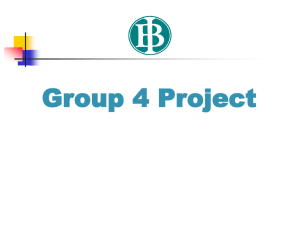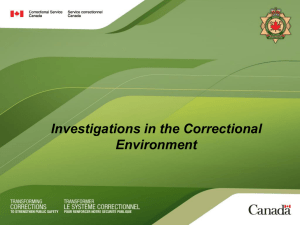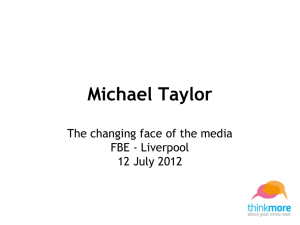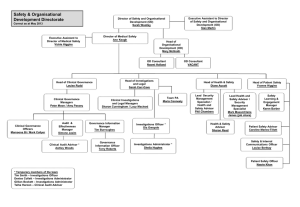math-learning-targets-2012-2013
advertisement
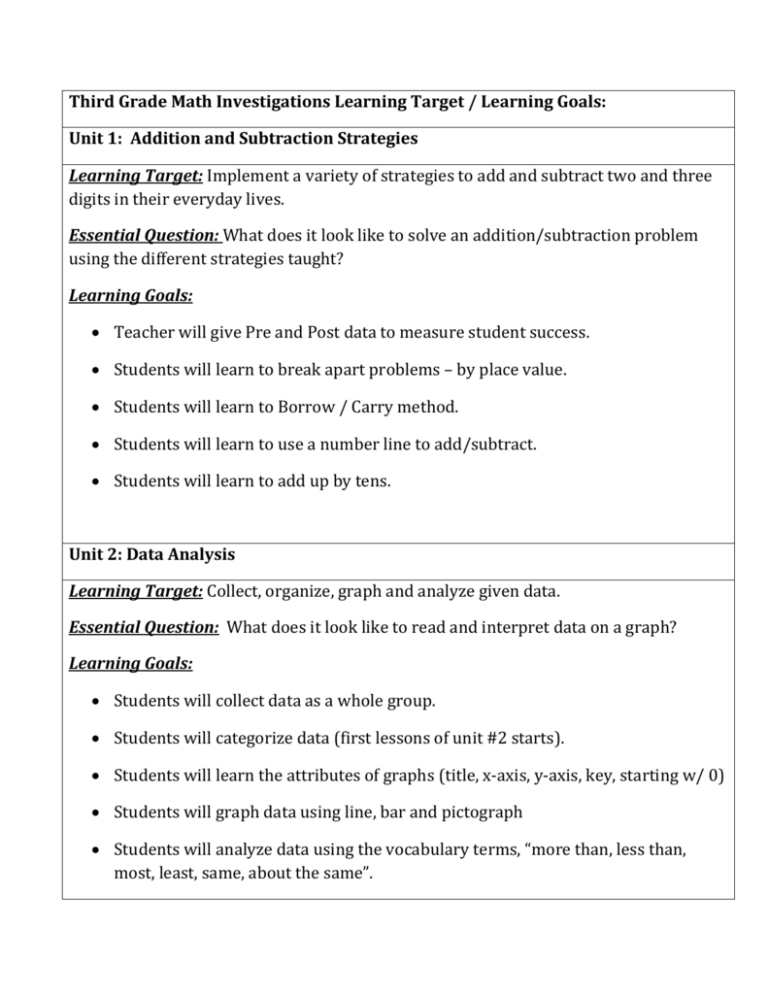
Third Grade Math Investigations Learning Target / Learning Goals: Unit 1: Addition and Subtraction Strategies Learning Target: Implement a variety of strategies to add and subtract two and three digits in their everyday lives. Essential Question: What does it look like to solve an addition/subtraction problem using the different strategies taught? Learning Goals: Teacher will give Pre and Post data to measure student success. Students will learn to break apart problems – by place value. Students will learn to Borrow / Carry method. Students will learn to use a number line to add/subtract. Students will learn to add up by tens. Unit 2: Data Analysis Learning Target: Collect, organize, graph and analyze given data. Essential Question: What does it look like to read and interpret data on a graph? Learning Goals: Students will collect data as a whole group. Students will categorize data (first lessons of unit #2 starts). Students will learn the attributes of graphs (title, x-axis, y-axis, key, starting w/ 0) Students will graph data using line, bar and pictograph Students will analyze data using the vocabulary terms, “more than, less than, most, least, same, about the same”. Unit 3: Addition and Subtraction Strategies with Word Problems Learning Target: Solving word problems using addition/subtraction strategies from Unit #1 Essential Question: How do you identify what the word problem is asking prior to solving it? Learning Goals: Students will identify “key” words to understand what the word problem is asking for example: “how many more, how many left, how many in all, altogether, leftover. “ Students will comparing collections of “how many more” Students will be able to solve travel word problems – read travel problems and solve the difference up to 100 miles. Students will be able to find the differences up to 300. Students will be able to solve story subtraction problems, and discuss/share strategies with partners. Unit 4: Perimeter and Area Learning Target: Finding the perimeter and area of any given shape. Essential Question: How will you determine the perimeter and area by looking at any given shape? Learning Goals: Students will learn the definitions of perimeter and area. Students will know the structure of perimeter and area, and know the measurement terms (inches, feet, centimeters, yards, and meters) Students will identify and apply strategies of perimeter of any shape. Students will identify and apply strategies of area of any shape. Students will identify quadrilaterals, triangles, squares and rectangles and their attributes. Students will identify right (90 degrees), obtuse (more than 90 degrees) and acute (less than 90 degrees) angles. Unit 5: Multiplication and Division by Grouping Learning Target: Understanding the meaning multiplication and division and the relationship between them. Essential Question: How will you know when to use multiplication or division in a word problem? Learning Goals: Students will illustrate multiplication situation and write equations based on the numbers and objects in a group. Creating a product. Introduce product (x). Students will be able to skip count (multiples). Example 3, 6,9,12 etc… Students will be able to show and understand what a factor is. Ex: 15 = 3,5 Students will be create an array and show the equation. Students will understand what quotient means. Students will be able to split numbers up into equal groups, dividing. First Grade Math Learning Targets 1st Quarter Smart Goal: Combine 2 small quantities using +0,+1 and +2 Investigations Unit 1 Learning Targets: 1. Compare and order quantities to 12. (1NBT3) 2. Combine two small quantities. (1OA6) 3. Interpret and solve addition story problems (1OA1) 4. Find more than one combination of two addends for a number up to 10. (1OA6, 1MD4) Investigations Unit 2 Learning Targets: 1. Compose and decompose a variety of shapes in different ways. (1G2) 2. Use geometric language to describe and identify important features of familiar 2-D shapes. (1G1) 3. Describe and sort 2-D shapes. (1G1) 2nd Quarter Smart Goal: Combine 2 small quantities using +3 and +4. Investigations Unit 3 Learning Targets: 1. Find at least five combinations of two addends for a number up to 15. (1OA6, 1MD4) 2. Combine two small quantities. (1OA6) 3. Interpret and solve addition and subtraction story problems. (1OA1) 4. Subtract one small quantity from another. (1OA6) 5. Represent numbers by using equivalent expressions. (1OA6, 1OA7) 6. Count a set of 40-50 objects. (1NBT1) 7. Rote count, read, and write numbers to 65. (1NBT1) Investigations Unit 5 Learning Targets: 1. Measure lengths indirectly and iterating length units. (1.MD.1, 1.MD.2) 2. Understand how to tell and write time in hours and half-hours using analog and digital clocks. (1.MD.3) 3. Partition circles and rectangles into two and four equal shares and describe the shares using the words; halves, fourths and quarters. (1.G.3) Kindergarten Math Learning Targets 1st Quarter Smart Goal: Counting 20 Objects Investigations Unit 1 Learning Targets: Investigations Unit 2 Learning Targets: 2nd Quarter Smart Goal: Identifying #s 0-31 in random order Investigations Unit 3 Learning Targets: 8. Recognize what a pattern is and copy the pattern. 9. Extend the pattern correctly and determine what comes next. 10. Create simple patterns AB, ABC, AABB. 11. Distinguish between patterns and non-patterns. 12. Compare unlike patterns. 13. Describe and record a repeating pattern. 14. Identify the unit of a repeating pattern. Investigations Unit 4 Learning Targets: 4. Understand the term length. 5. Identify the longest and shortest side. 6. Comparing different lengths. 7. Measures with non-standard units. 8. Match number word, numeral, and quanity 9. Counting a set of objects and create another set 10. Find a total when objects are added. 11. Counting spaces and moving on a game board. 12. Adding one, subtracting one from numbers up to 10. 13. Quantity discrimination: which number is greater/less. 14. Decompose numbers in different ways. 15. Using numbers to record how many. 2nd Grade Learning Targets 1st Quarter Smart Goal: Identify attributes of 2D & 3D shapes Investigations Unit 1 Learning Targets: Investigations Unit 2 Learning Targets: 2nd Quarter Smart Goal: Solving problems with unknown change with two digit equations Investigations Unit 3 Learning Targets: 1. Add a series of numbers using known combinations 2. Solve a variety of addition and subtraction story problems with totals up to 100 3. Solve story problems with unknown change 4. Skip count by 2s, 5s, and 10’s up to 100 and skip count by 100’s up to 1000 5. Determine whether a group of objects has an odd or even number of members 6. Solving problems about 10s and 1s 7. Fluently add combinations up to sums of 20 Investigations Unit 4 Learning Targets: 1. Sort and classify data 2. Organize, represent, and analyze data 3. Compare two sets of data 4. Represent data on a line plot 5. Collect, record, represent, and interpret data from a survey

